The cinema camera world is buzzing with two major contenders vying for dominance in the affordable medium format battlefield: FUJIFILM’s GFX ETERNA and Blackmagic Design’s URSA Cine 17K 65. While both promise to reshape the landscape of affordable medium format digital cinematography, it’s our firm opinion that the URSA Cine 17K 65 is going to knock out the GFX ETERNA and secure a decisive victory. Here’s why the URSA is not only better—but a category killer.
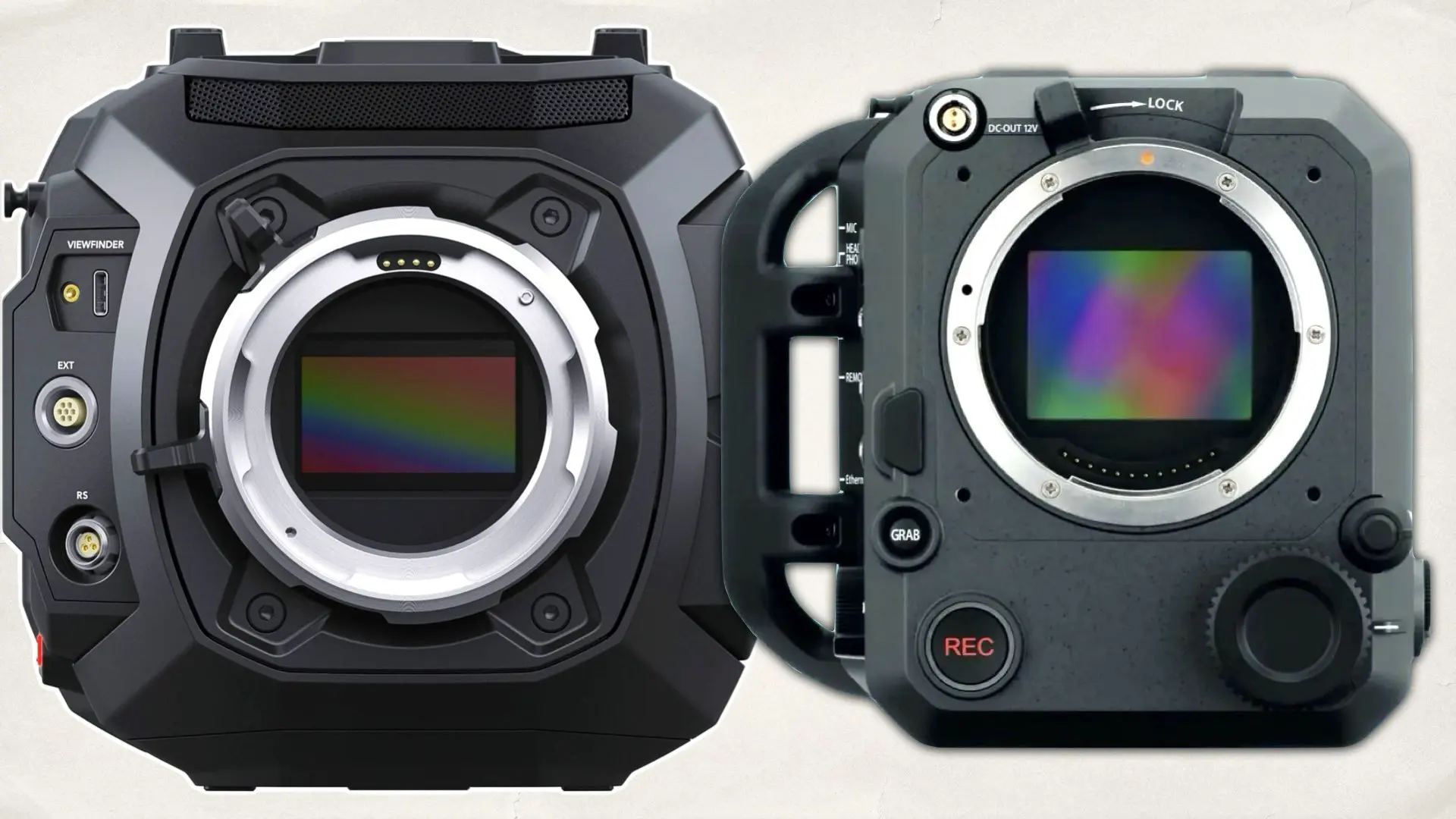
Price: Advantage Blackmagic
Let’s start with the numbers. The FUJIFILM GFX ETERNA is expected to launch at just under $20,000, placing it in the upper tier of medium format cinema cameras. While that might seem like a relative deal, the URSA Cine 17K 65 costs $24,000, and that’s key—it’s Blackmagic. As we’ve seen time and again, Blackmagic Design tends to under-promise and overdeliver, especially on price. Historical pricing trends suggest that the 17K 65 could become even more accessible over time. You can read more about Blackmagic’s pricing strategy and release plans here: Blackmagic URSA Cine 17K 65: More Details and Pricing Revealed.
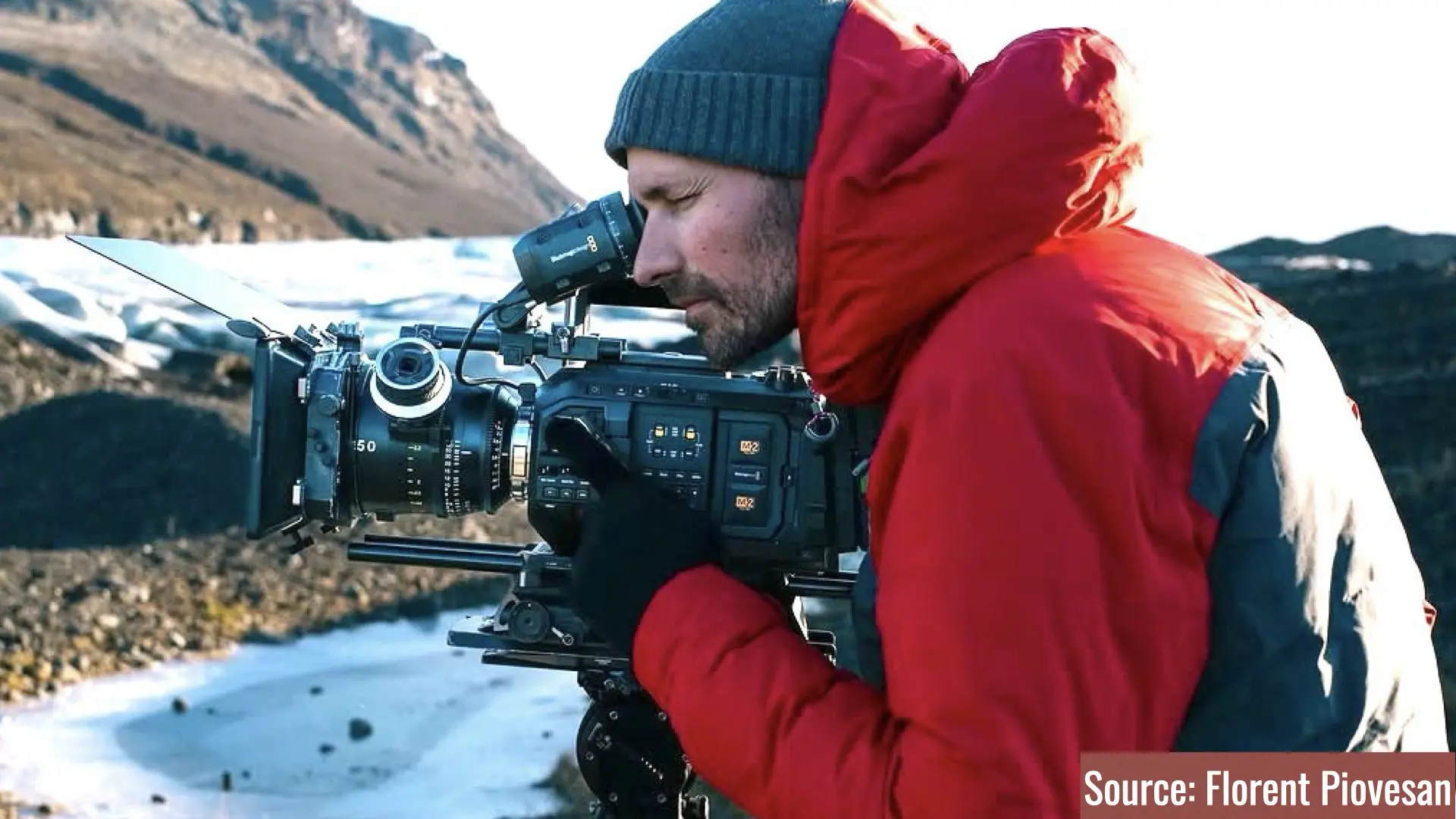
Image Quality: A Different League
This is where the URSA Cine 17K 65 begins to crush the competition. Featuring a brand-new sensor built from the ground up, it delivers a 16-stop dynamic range and an image that frankly redefines what we expect from digital medium format cinematography. As demonstrated in this technical analysis of the footage, the results are nothing short of jaw-dropping: URSA Cine 17K 65 Footage: A Technical Look at Medium Format Cinematography. Meanwhile, the FUJIFILM GFX ETERNA is, at its core, a repackaged GFX100 II. It’s using the same sensor, which is well-suited for photography but doesn’t stack up to the custom-built powerhouse inside the URSA. Even FUJIFILM has admitted this connection: The FUJIFILM GFX ETERNA is an In-Housed GFX100 II. Simply put, ETERNA is more of a crossover than a revolution—and Blackmagic is taking no shortcuts.
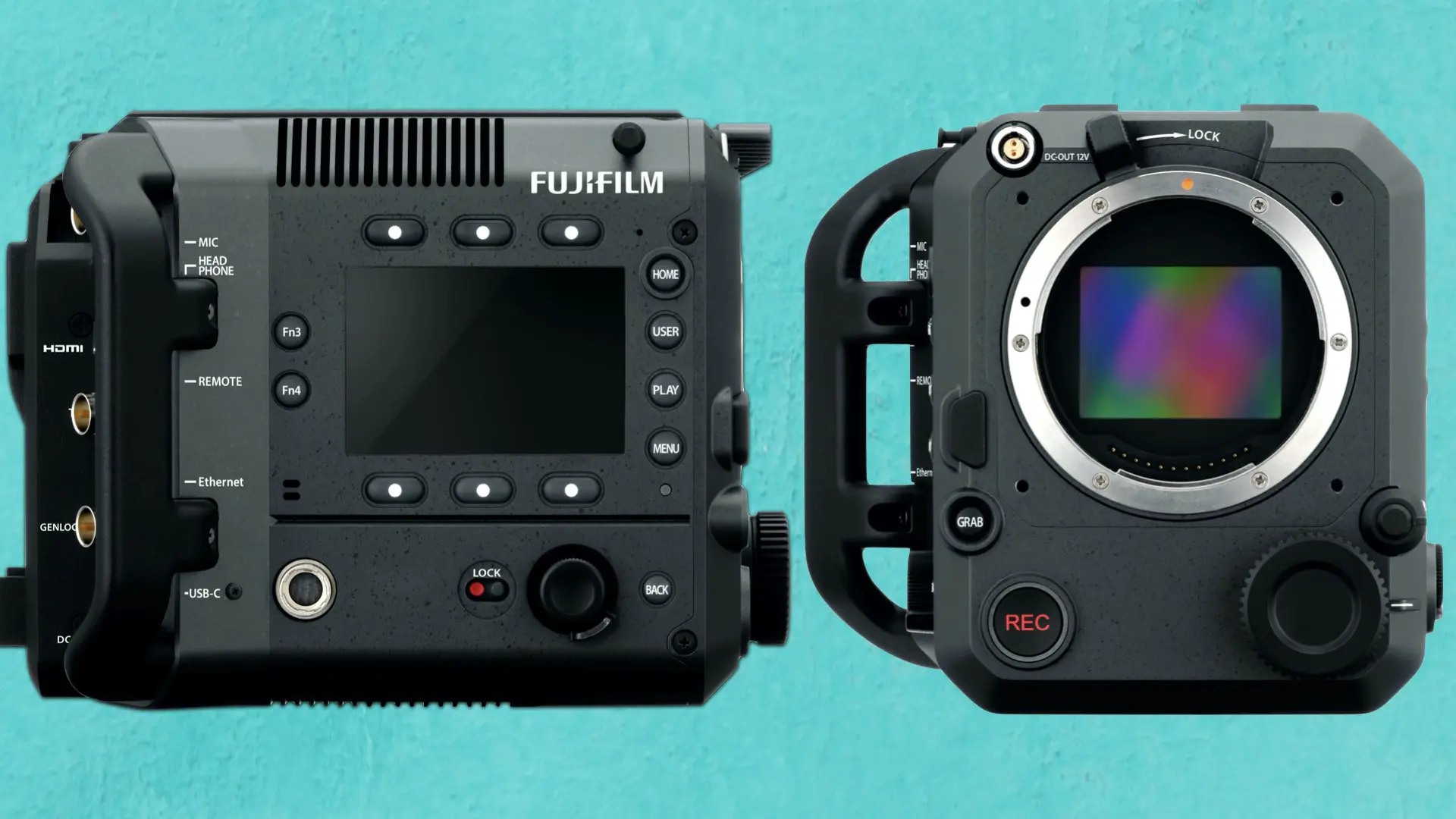
Readout Speed: URSA is Lightning
One of the most important factors in high-resolution digital cinematography is sensor readout speed, especially for fast-paced action, handheld work, and global shutter emulation. The URSA Cine 17K 65 boasts an ultra-fast readout, which not only minimizes rolling shutter but also increases flexibility in post and VFX workflows. We covered this in depth here: Blackmagic Unveils Readout Speeds for the URSA Cine 17K 65. The GFX ETERNA? Not even close. Its readout speed is modest at best, matching that of the Pyxis 6K, a much less advanced sensor. That fact was confirmed here: The FUJIFILM GFX ETERNA’s Readout Speed Matches the Pyxis 6K. In practical terms, this means ETERNA will exhibit more rolling shutter and lag under real-world production conditions.
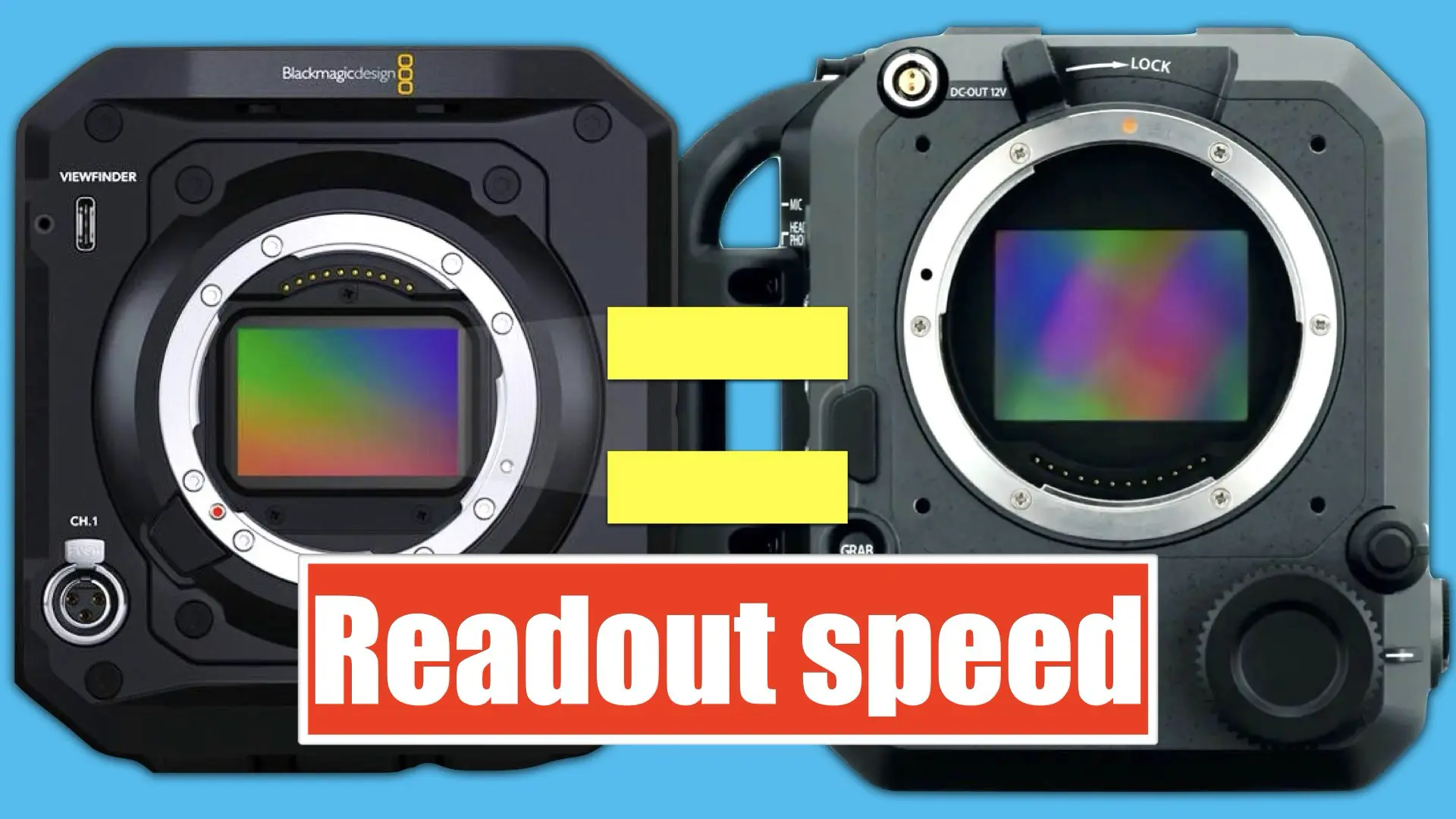
Autofocus: FUJIFILM Has It—But So Will URSA
Yes, FUJIFILM GFX ETERNA will launch with autofocus, carried over from its GFX100 II roots. It’s a feature filmmakers may appreciate, especially in run-and-gun or solo setups. However, Blackmagic has already signaled it’s working hard on an advanced AF system, one that could be just as effective and tailored specifically for cinema. Given how quickly Blackmagic improves its firmware and hardware via updates, it’s only a matter of time before the URSA Cine 17K 65 gets a robust, production-ready autofocus system.
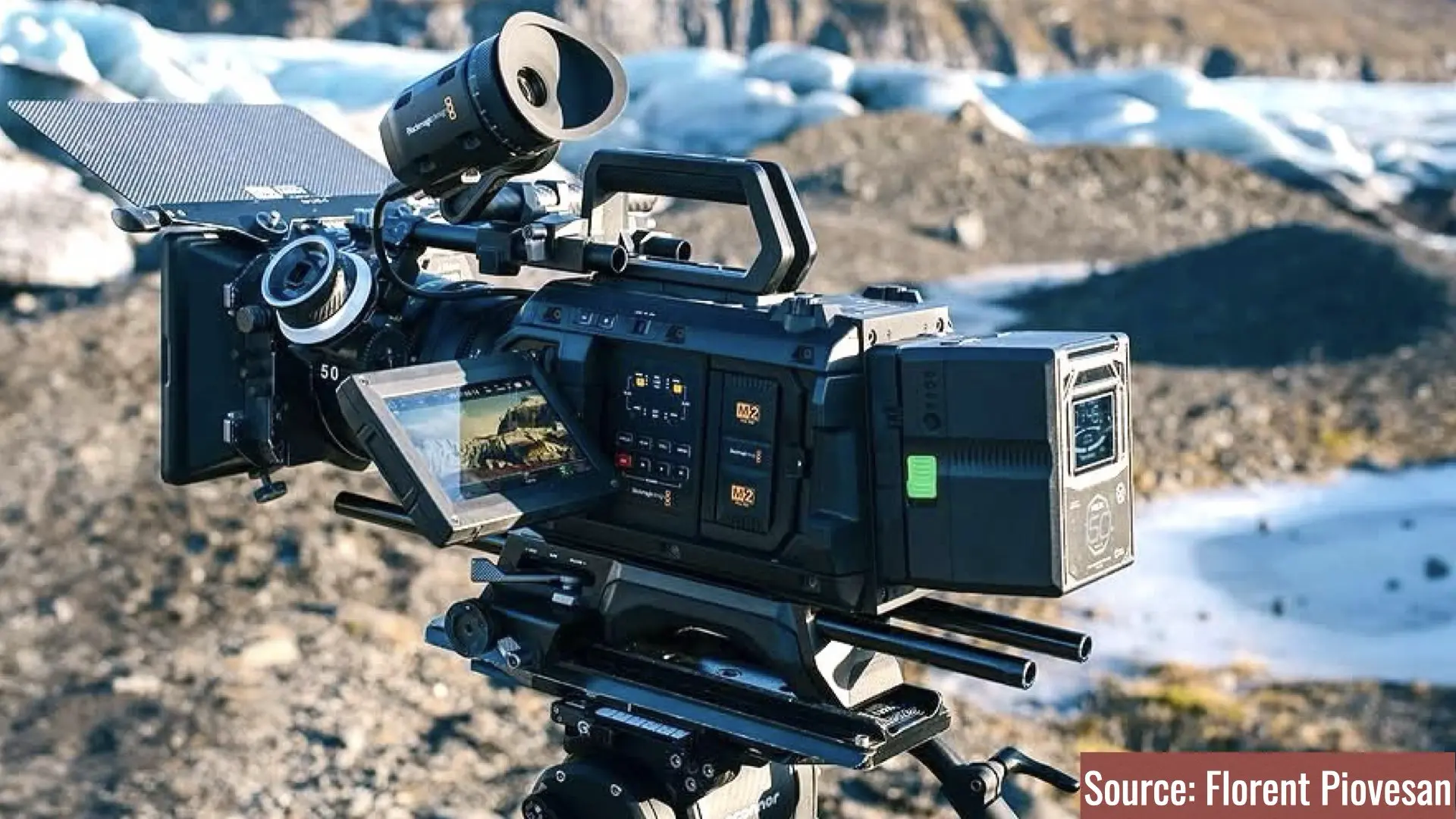
The Big Picture: URSA Is Built for Cinema. ETERNA Is Not.
When you step back and look at both systems in totality, the truth is hard to ignore. The URSA Cine 17K 65 was designed from scratch for filmmakers, with a medium format sensor capable of IMAX-level production and post flexibility. It’s no coincidence that the camera has been described as bringing IMAX filmmaking to the masses: URSA Cine 17K: Bringing IMAX Filmmaking to the Masses. In contrast, FUJIFILM GFX ETERNA is a smart but limited attempt to recycle stills hardware for video production. It’s a bold move, yes—A Bold Entry into Medium Format Cinema—but it’s not a knockout. It’s not even a fair fight.
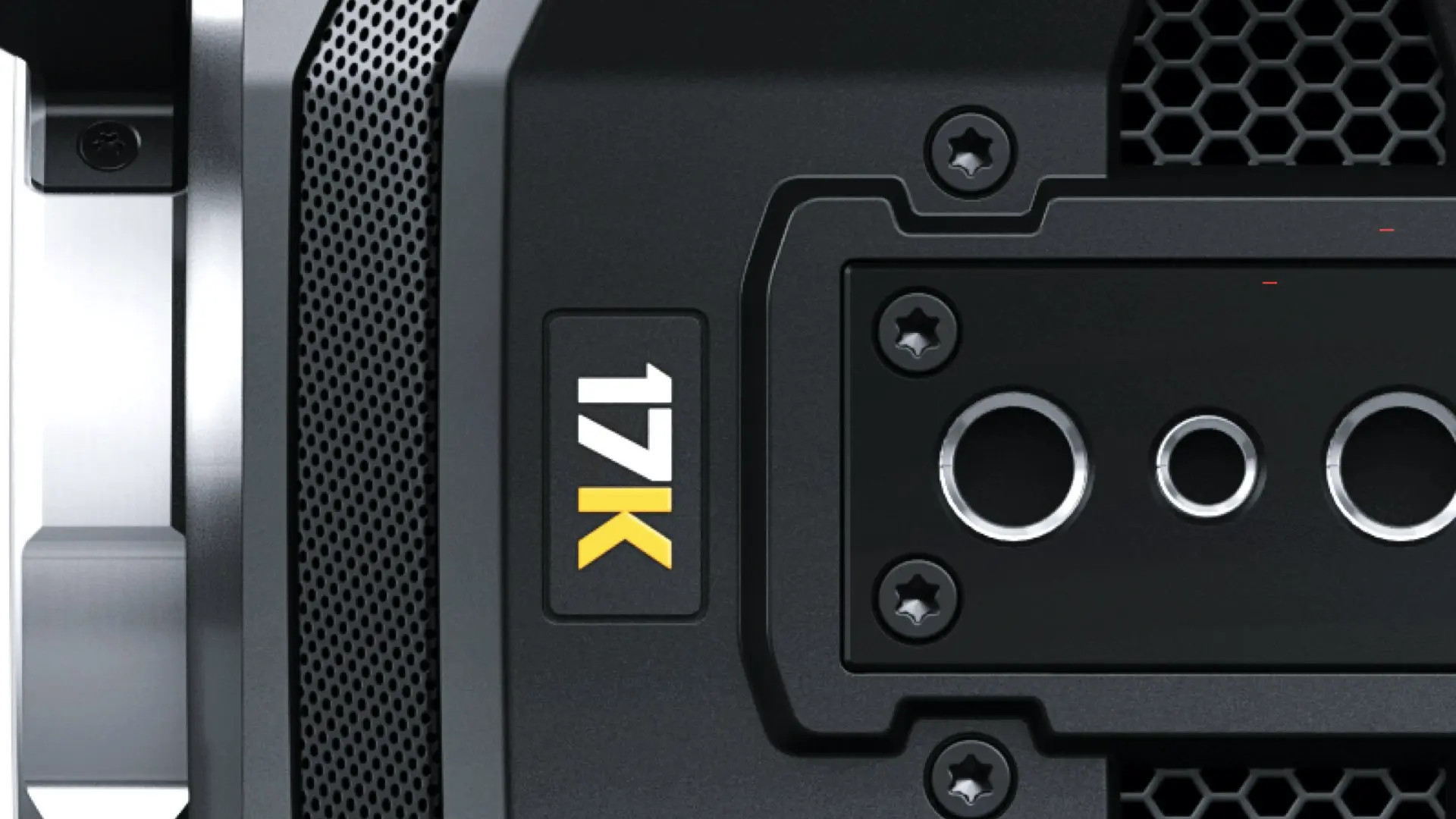
Verdict: URSA Cine 17K 65 Wins—By Knockout
In every core category—image quality, dynamic range, readout speed, and future capabilities—the URSA Cine 17K 65 dominates. Yes, it’s $4,000 more expensive on paper, but what you’re getting is a purpose-built cinema machine that will likely redefine the medium format space for years to come. The FUJIFILM GFX ETERNA may turn heads with its sleek design and hybrid aspirations, but it simply can’t compete with the URSA’s raw power and cinematic DNA. Blackmagic Design has not only raised the bar—it has slammed it down. So yes, our stance is bold: The Blackmagic URSA Cine 17K 65 will DESTROY the ETERNA—and reshape the future of affordable medium format cinema.

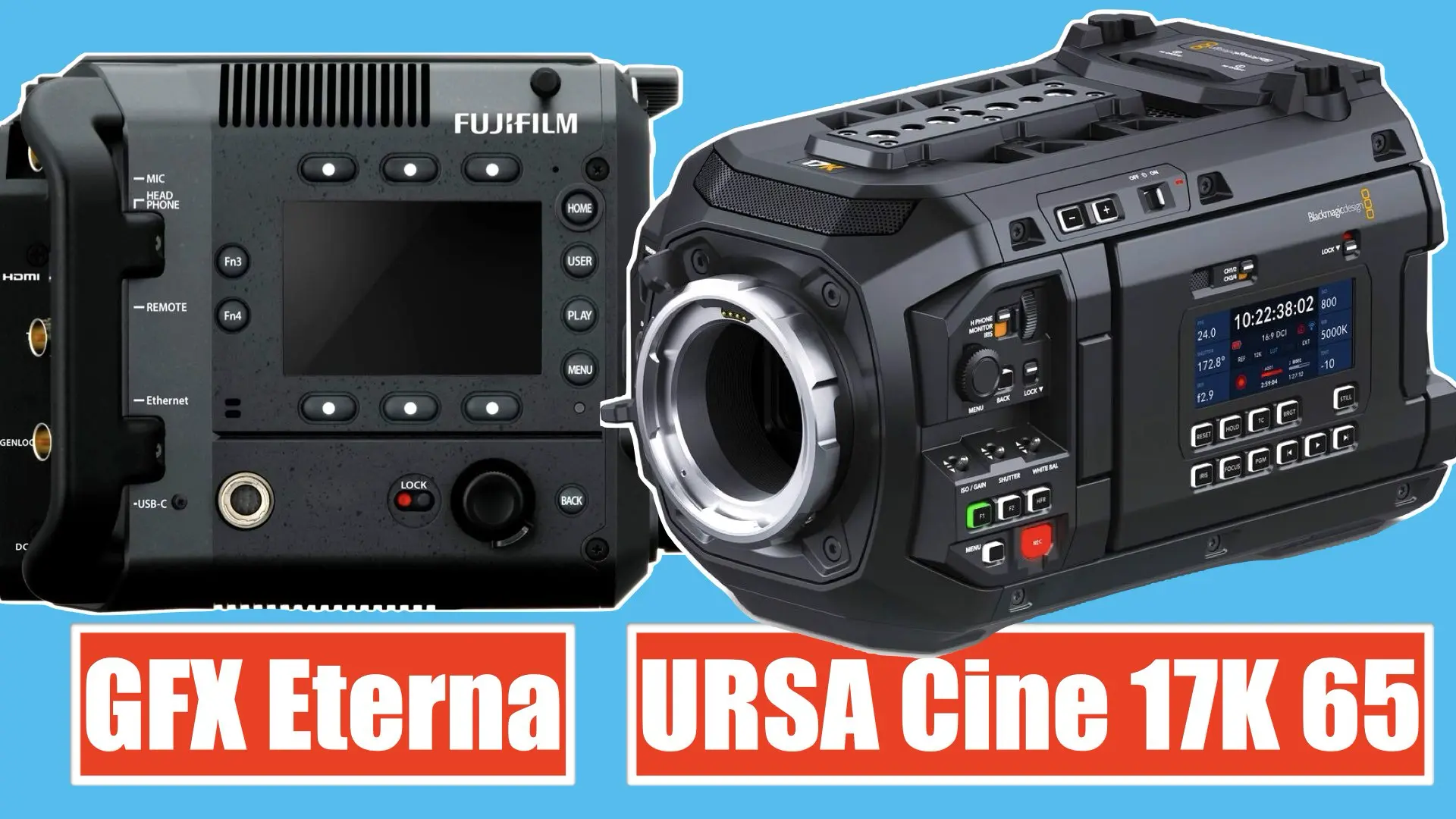
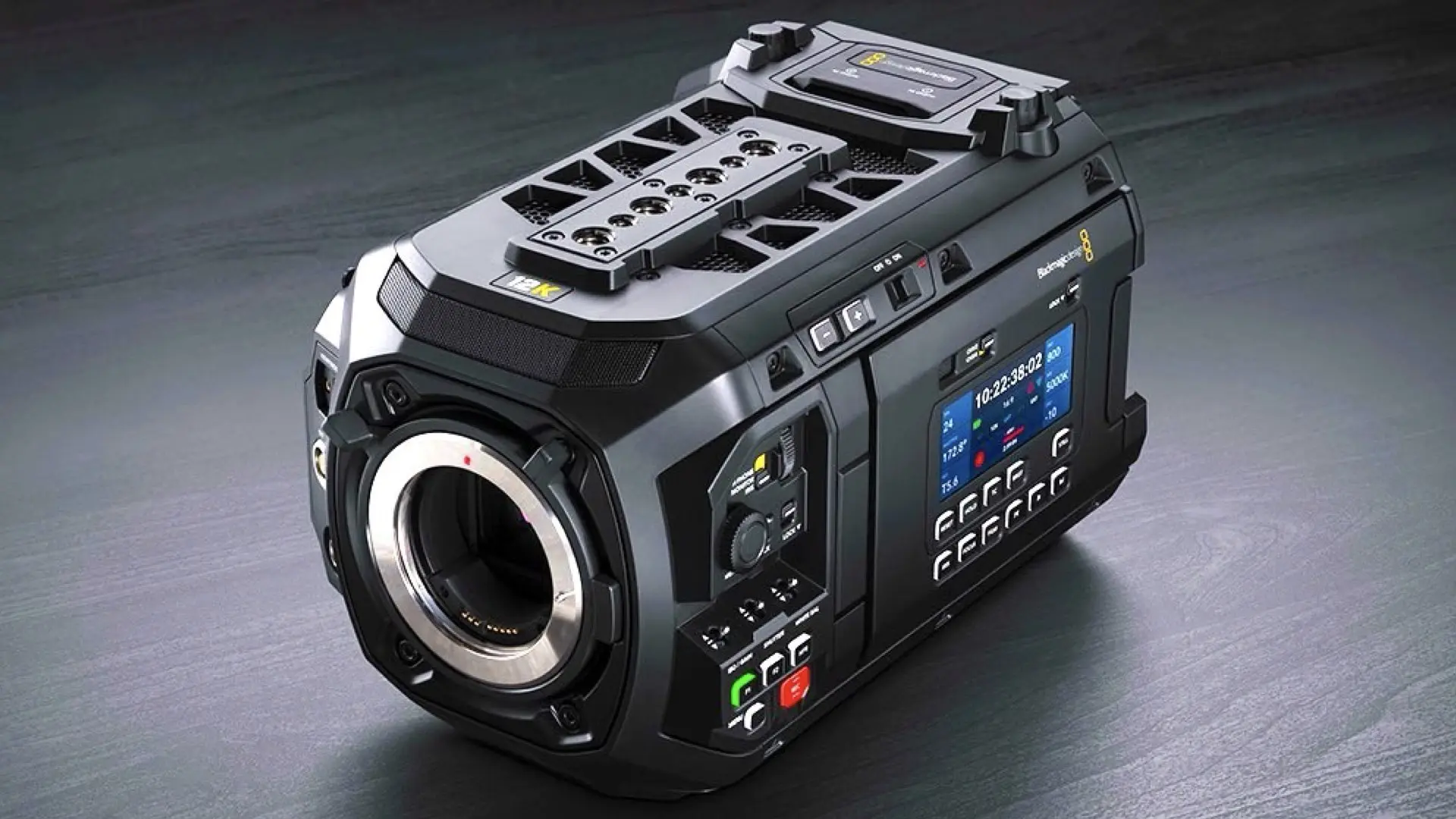
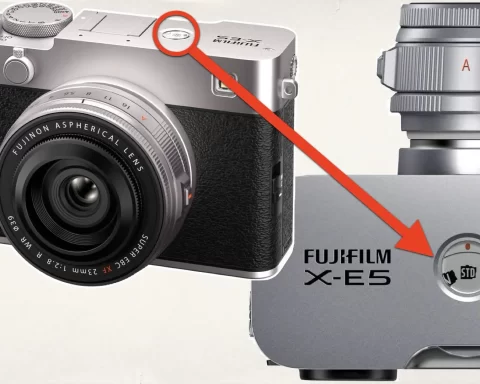
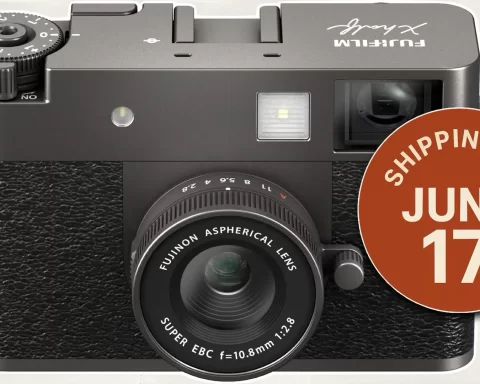
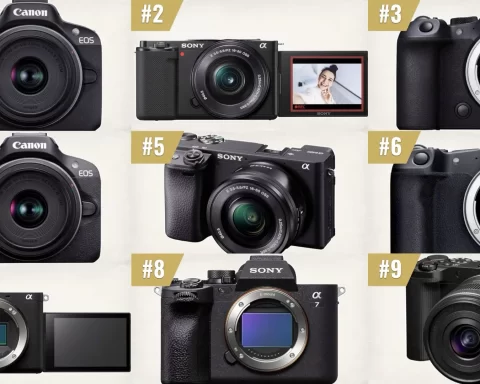
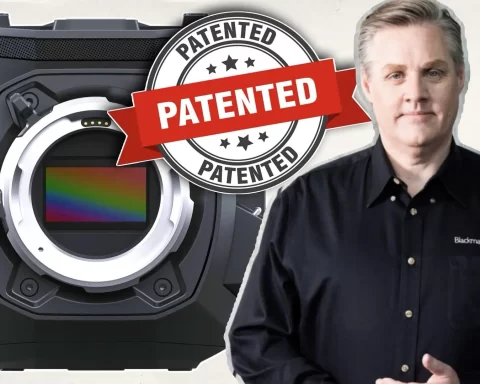

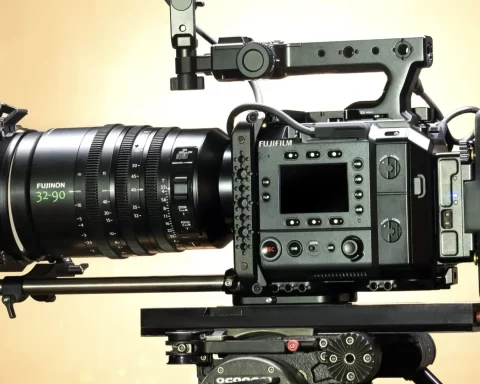
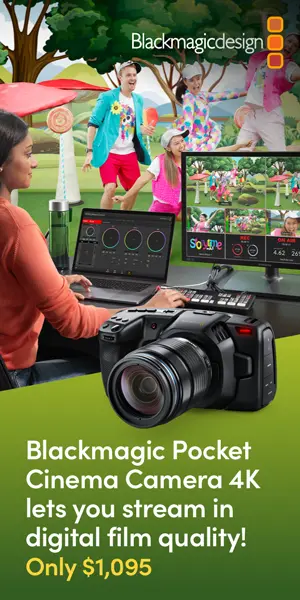
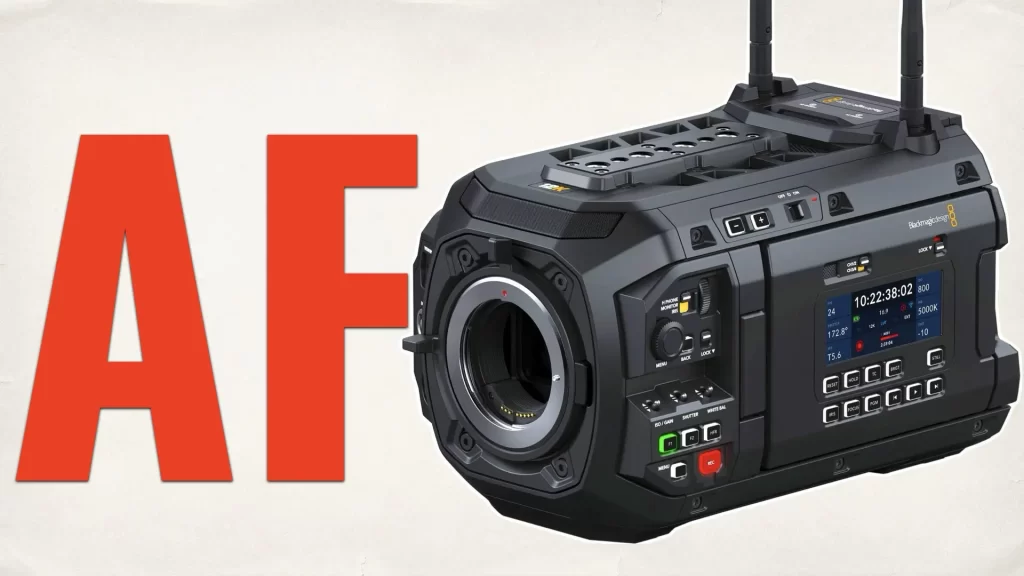
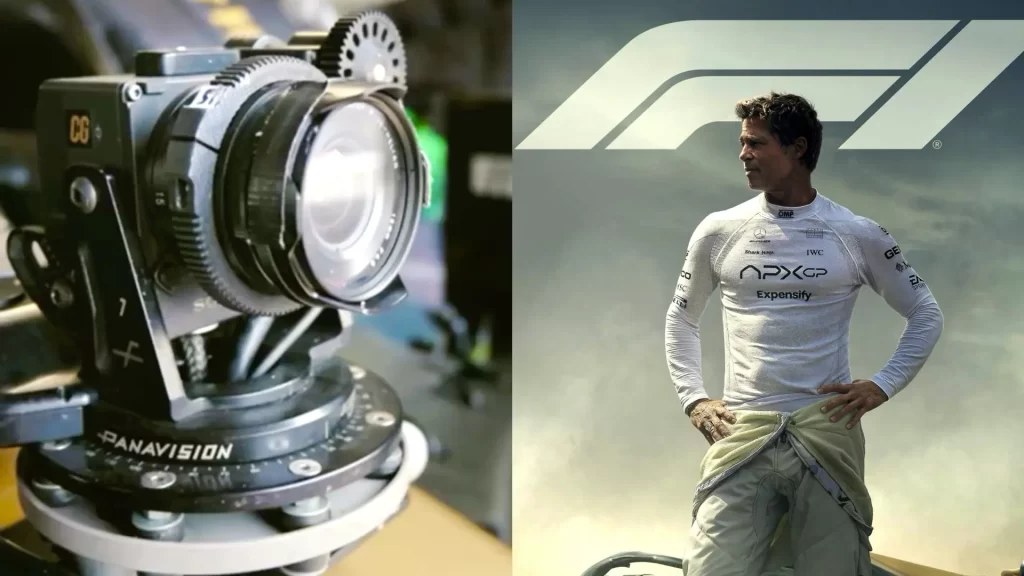
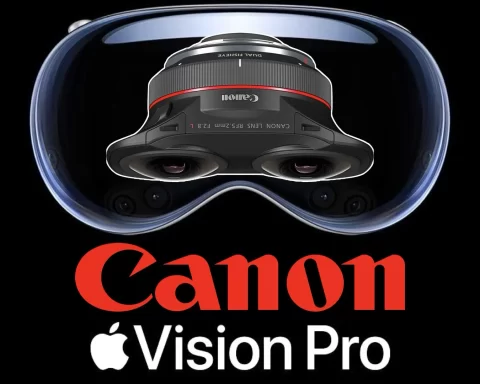
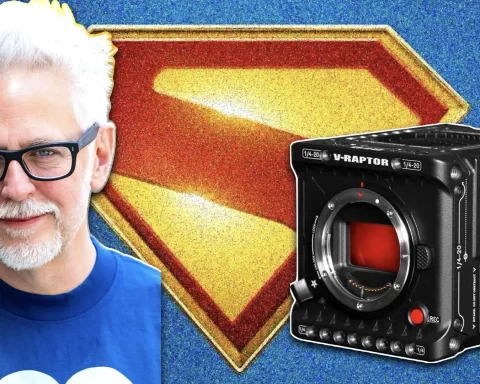

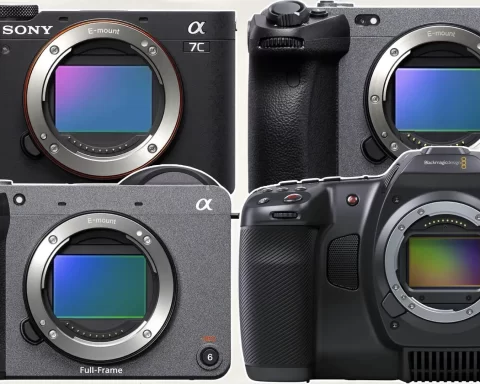
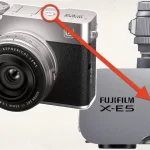

I check this website every now and again for news – and this is a really disappoint article. The bias here is clear – you’ve used a RUMOURED price (which is most likely wildly incorrect) but despite the Eterna being cheaper, it’s a win for the Blackmagic? With your literal justification/reasoning being ‘it’s blackmagic’. Terrible journalism better suited as an opinion piece (not that it’s a good idea to compare 2 cameras, one of which the details still haven’t been finalised), but hey, a knockout right? Yep seems balanced and informative. If you’re really a cinema journalist you really should know better than to judge a camera on it’s white paper, yet alone an incomplete white paper.
It’s just our initial take based on the information available so far, including confirmed specs, manufacturer behavior, and our own experience covering cinema tech. Yes, the GFX ETERNA is still developing, and as we noted in the article and IG post, this is our opinion — early, speculative, and meant to spark discussion. We’ll definitely revisit this once both cameras are fully out and tested in the field. Appreciate your engagement — that’s what makes the conversation better.
Yossy, I like your website, but this is one of the worst and biased articles ever done. What was wrong with you? Pull yourself together, rethink yourself please.
First, be aware, we are absolutely lucky to have these two companies in the business. They both fulfill dreams of users, with anticipated, rare, very interesting cameras at fair and reasonable prices. Especially Fujifilm has the most courage and takes really risks on some projects and ideas, they absolutely deserve credit for that.
The Fujifilm eterna isn’t even out or a finished product, and you lose all your emotions and freak out. These two companies are the good guys, both! they don’t release products for a fight, they are not enemies.they both want to bring very special user experiences to customers!! These two cameras have nothing in common in their concept.
What’s the point on having more options? It’s subjective to think that one camera does it all, here, that is absolutely not the case! Do you think a Fujifilm interested person, who watches finally Fujifilm to release a video centric camera, will buy a blackmagic?? Because he was reading your article??
The BM Cine 17K is a high value scope cinema camera with a ratio of 1:2.20 with all the benefits of the black magic environment. How many (autofocus?) lenses does black magic have especially for this camera Yossi? I tell you, 0!!! None.
Fujifilm does luckily something very special with the eterna, I’m still surprised that they actually made the effort to publish such a camera, more video focused. They deserve such high credit!
Fujifilm has an own lineup on lenses, specific calculated for this sensor! A native system, plenty of Primes and zooms, which are capable of higher end resolution, more than any full frame adequate etc. That’s physics. A sensor is nothing when you don’t have many options and lenses who can bring the power to the street.
The Eterna will be capable of 4 x 3 ratio open gate video, which is something absolutely unique, the only thing in this article which is really attached to IMAX is the FujiFilm. The URSA has 0 = nothing to do with IMAX. It doesn’t even have the LieMax ratio of 1.90 and no digital IMAX projector is capable of projecting more than 4K, this is all nonsense, nothing makes sense here, it’s useless!
Maybe in many years, there will be a technology which can participate from that. nothing in sight! Nothing!
The Fujifilm will have the legendary companies color science and profiles/film simulations. This is just a very interesting factor which combines with the rest, let’s just see and enjoy what will this combo can create.
So the eternal will have the biggest digital sensor on the whole market today, in maximum 4 x 3 ratio open gate mode, Fujifilm film simulations, a complete already existing native line lineup off its own lens collection, including autofocus on each lens, already.
This camera deserves a chance more than any other cinema camera, it offers a combination of absolutely unique and new features. Real medium format loves, IMAX 70mm lovers, and maybe some more interested people we’ll see and enjoy footage they have never seen before with this camera. The GFXes haven’t been the best cinema tool function wise, but we have already seen that they can create a very very tasty interesting image, which differentiate from the rest.
Indeed- We are lucky to have both FUJIFILM and Blackmagic Design pushing boundaries and offering creative tools that were unthinkable just a few years ago. These are companies that actually listen to filmmakers and dare to experiment. That alone deserves serious respect. The article was written with excitement, from our perspective, and yes — it’s opinion-based and speculative by nature. It’s not meant to be the final verdict or to pit two companies against each other as enemies. It’s just an early-stage comparison and a reflection of where we believe the momentum might be heading, based on what we know so far. We definitely don’t discount the uniqueness of the ETERNA — it’s shaping up to be a beautiful and important camera, especially for filmmakers craving that Fuji color science, open gate 4:3, and the full integration of a native lens ecosystem. The URSA, on the other hand, leans toward high-end digital cinema production and is clearly targeting a different use case. We do plan to revisit this matchup more thoughtfully once both cameras are fully in the wild and tested hands-on. Right now, this piece is part of the broader conversation we love having on Y.M.Cinema — one full of enthusiasm, speculation, and yes, opinion. Thx for the comment!
Yes, the Blackmagic wins this fight – but it’s not nearly as straightforward as you make it out to be.
First of all the Eterna beats the 17K on lens selection. It’s got a locking G mount thank can act as an auxiliary mount. This opens up more glass options.
The Eterna has an internal electronic ND. The reason the 12K has one and the 17K doesn’t is because it’s an unconventional shape and size and Blackmagic doesn’t have the engineering prowess to make a custom ND system for it.
The Eterna has dual native ISO, so it is probably better in low light. There are several features/ design decisions that Fuji has made that are really exciting.l
The Eterna is a future system to be excited about. No the sensor isn’t nearly good enough. Fuji is at the mercy of Sony Semiconductor, but is arguably using their best technology. We can expect it to get much better.
I LOVE the 44×33 sensor size. It’s a massive full frame+ sensor that allows you to use as much or as little of your lenses image circle as you want. It’s way more useful of a size than the 17K… Which is OBVIOUSLY two 12K sensors stitched together.
Lastly with the .62x Kipon focal reducer the Eterna gives you an IMAX image size and FOV when shooting open gate. That’s pretty cool.
Holy crap these people in this comment section is completely clueless. YM Cinema is completely right in their assessment.
1. The Ursa 17K has 40 more megapixels than the Eterna (140mp vs 100mp)
2. The Ursa might have less vertical space but that doesn’t matter too much in the Cinema world where most movies are delivered in wider in 21:9 aspect ratio. Which in this case Horizontal is king and having a 50.81mm HFOV vs only 44mm on the GFX makes the Ursa 17K wayyy more practical and delivers more from real medium format lenses
3. And since you brought up 0.62 Kipon Focal Reducer, it does bring the GFX Sensor from 44x33mm to a 70.96×53.22mm which is in line with the size of IMAX it doesn’t come anywhere closento the actual resolution of IMAX (Where the magic actually happens) the GFX can omly shoot 4K Open Gate at that size which put against the resolution of IMAX (8.8mp vs 176mp) it is no contest while the Ursa 17k trade blows woth resolutiom of IMAX at (140mp vs 176mp) and not to mention that you can out the Kipon 0.62 Focal Reducer on the Ursa making it a 81.95×37.41mm making it actually wider than iMAX and getting more out of your Pentax 67 Lenses.
4. As for lens selection qhile you might be able to equip the GFX with native GFX lenses the Autofocus will not hold up to Cinema work and the Fly by wire manual focus they have makes for a sad focus pulling experience. So for any actual cinema work you will have to resort to LPL/PL Lenses which the Ursa 17k will be able to.use out of the box without adapters further distancing the price gap.
5. The Dynamic Range that the Ursa 17K can deliver puts the GFX to shame, sure it can do 16bit RAW images in Photo mode but it can omly do 12k RAW in video and with tests showing that its about 2 stops behing what Blackmagic can do (Not even accounting their highlight recovery whoch gains an extra stop at the high end) this makes the Ursa 17k a much more robust Cinema Camera.
6. And Lastly, The framerates at each resolution on Ursa more than doubles what the GFX can deliver. Delivering higher resolutions and slowmotion in 12k,8K, and 4K somethkng that the GFX cannot do.
So in essence YM Cinema was correct in saying that the Ursa 17K is a better cinema camera. The Ursa 17K IMO is better I n every way that the repurposed photo camera. And with the launch of Davinci Resolve 20 (Which is included for free with the URSA) There is simply no contest.
I’m not clueless dude. Nothing you pointed out is new information to me. I was simply pointing out reasons in Fuji’s favor that were left out on this unbalanced article. I clearly said I prefer the 17K. Although despite what he said I expect the Eterna to be half the price of the 17K, and a completely different price category- but I wouldn’t even take the Eterna with it’s current sensor over the 12K.
Still, it is foolish to say one camera is better than another in EVERY way. That’s rarely ever true, and it’s not in this case.
It’s rarely a case of one camera being objectively better in every way, and we agree that the ETERNA will offer its own unique strengths — especially for those who value Fuji’s color science, lens ecosystem, and design philosophy. This piece was meant to be an opinionated, early-stage take based on the information we had at the time, with excitement about what the URSA Cine 17K is bringing to the table. But it’s definitely not the final word — and not meant to dismiss the ETERNA’s potential in its own category.
The Blackmagic will likely be used on small to medium TV projects that use a lot of green screen. This is never going to be used on a feature shown in an IMAX theater.
Never say “Never”.
I would guess the Eterna is going to be closer to $10k than $20k. As you mentioned, this is a re-housed GFX 100 II with some more processing power.
I’m guessing $11,999.
If so, that’s HALF the cost of the BM 65mm.
No doubt the BM 65mm will produce a better image, but having medium format sensor sizes is where the similarities end with these two cameras.
We bet it will cost about $20,000. Internal NDs, and more…
If this isn’t sponsored content it’s very bad journalism. There’s no point in comparing spec sheets and marketing pamphlets.
Most DP’s would choose an ARRI shooting 2.8k over either these two cameras! Having a large sensor and fast readout does not mean it’s “made for cinema.” That’s sounds like it’s made for green screen.
Blackmagic is known for delivering high-end features in lower quality bodies. Fuji’s build quality is some of the best in the business and so is its color science. As far as brand value, Fuji’s firmware updates have long been considered the gold standard for stills shooters.
Lets see how things actually play out in the field instead of having a marketing department shootout.
Fair point — Fujifilm’s build quality is world-class, no argument there. They’ve proven it across the board, especially with stills bodies that feel rock solid and refined.
That said, Blackmagic’s newer bodies, including the URSA line, are built like tanks too — rugged, functional, and designed for pro cinema environments. Not as polished, maybe, but definitely not fragile.
This piece was an early opinion based on available info — not a verdict. Let’s see how both perform once they hit real sets.
I really enjoy reading this pages articles, im writing comments every 3 years. This post was a waste of my lifetime and made me upset with the quality of this page, which brings me usually here.
Would like if there are less biased post in the future, while being more on a fact based side.
Annnnnd I agree as film maker, data sheets dont get me, I prefer using a Mini or Amira, build for decades to last and two (A/D) converters. It’s always superior to any Pixel Count / Sensor Size.
Keep up your spirits
Tian